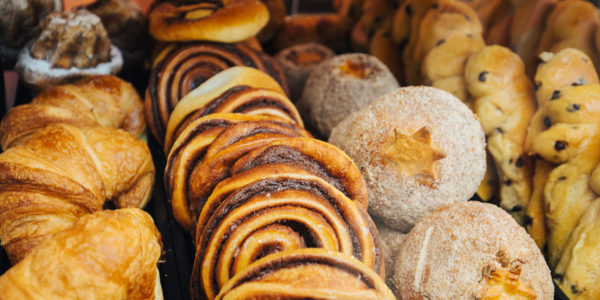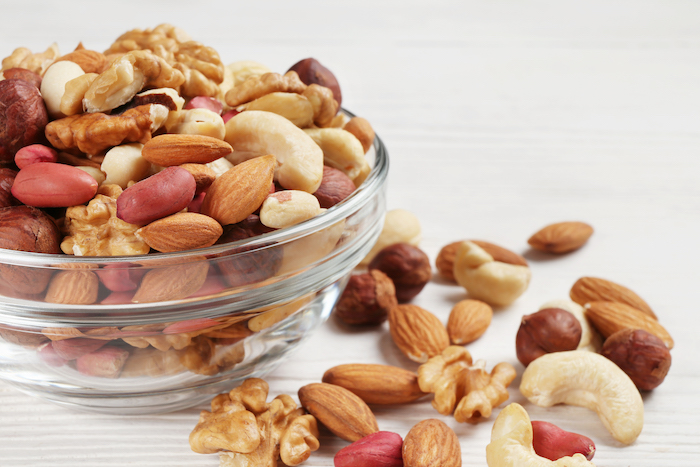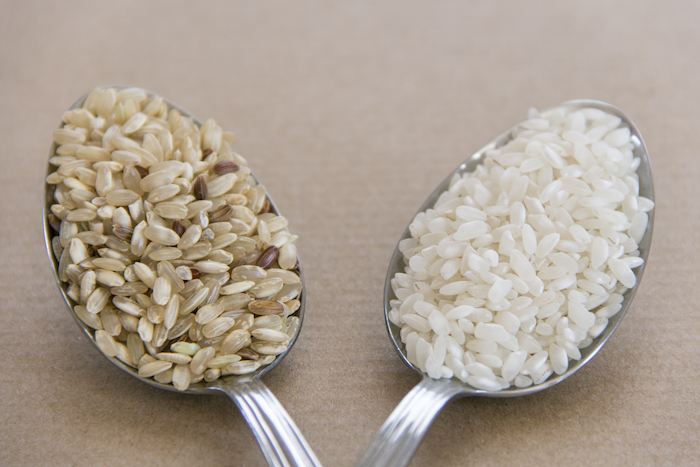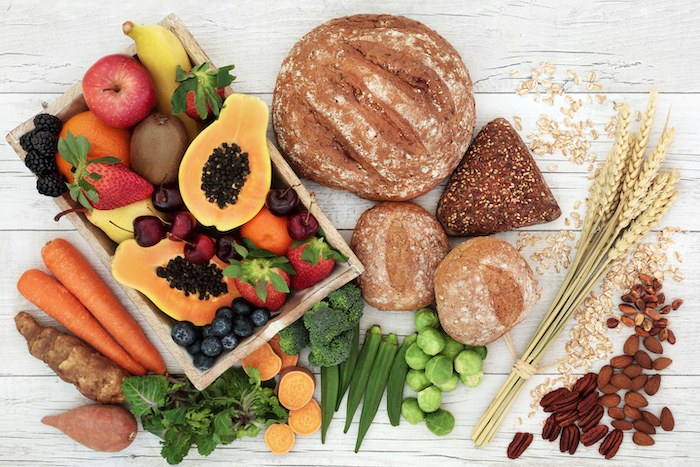There’s been a lot of talk about good vs. bad carbs and plenty of confusion on the topic. Let’s say it once and for all: Carbohydrates aren’t inherently unhealthy. The key is understanding how foods that contain those carbs are produced.
The carbs we eat come from plants, and these plants find their way onto our plates in one of two forms:
- Naturally occurring whole-food sources like grains, fruits, and nuts, seeds, pulses (beans, peas and lentils), and vegetables
- Highly processed foods from which nutrients have been removed, and fat, sugar, and artificial ingredients are often added
The highly processed foods are the ones you want to avoid, says Andrea N. Giancoli, MPH, RD.
“You want carbohydrates that are as close as possible to the sources they come from,” she says. “People are afraid of potatoes, but they are a healthy carb when you cook and eat them as they are, with the skin on. They become less healthy when they are processed into puffs and chips with added fat, sodium and/or added sugars.”
Before you read further, see how much you know about “good” and “bad” carbs with our quiz!
The Problem With “Good” and “Bad” Carbs
Stealing is bad — eating a cookie isn’t. Making the majority of your carb intake as healthy as possible is ideal, but there’s nothing wrong with taking pleasure in processed carbs as part of an overall healthful diet. Having a healthy relationship with food means allowing yourself to enjoy all meals without guilt.
Devika Sharma, registered dietitian and owner of One More Bite nutrition, shares, “There is no such thing as good and bad food, thus good or bad carbs. All carbohydrate foods can fit into a well-balanced diet. While many carbohydrate food sources are nutrient-rich, there are many carbohydrate food sources that are highly processed, nutrient-poor, and laden with added sugars, fats, and sodium. As many of the latter food sources provide mostly ‘empty calories‘ they should be chosen less often.”
What Kinds of Carbs Should You Avoid?
“Instead of focusing on avoiding carbohydrates,” Sharma says, “I encourage individuals to shift the focus to consuming a variety of nutrient- and fiber-rich carbohydrates (e.g., fruits, vegetables, legumes, whole grains).”
Instead limit or minimize:
- Foods high in added sugar such as desserts, sugar sweetened soft drinks (fruit flavored drinks, regular sodas and energy drinks etc.) and some cereals like granola
- Processed foods, such as potato chips, cookies, and enriched grain products like breads and pastas made with enriched flours
As much as possible make sure your food has some fiber (choose whole-grain crackers vs. soda crackers).
There is also a lot of discussion about the best time of day to consume carbs. There isn’t necessarily a right or wrong time to consume them; different methods work for different people, and it’s OK to experiment and see what feels best to you.
What about juice?
While fruit is a source of naturally-occurring sugar, Giancoli recommends consuming it in it’s whole form instead of as juice.
“Juice is fruit sugars in concentrated form without the fiber,” she explains. “Choose juice when you don’t have time to grab a piece of fruit and limit yourself to 8–12 ounces per day.”
What Carbs Can Help Manage Weight?
Foods you should work into your diet to achieve calorie balance and help manage weight:
Whole grains help you feel fuller. Fruits and vegetables are lower in calories and nutrient dense. They help you add bulk without increasing calories tremendously.
“There are many myths associated with carbohydrate consumption. For example, eating carbs makes you gain weight. In actuality, excess consumption of any macronutrient can cause you to store fat and gain weight. Food myths and fad diets have created knowledge gaps and confusion around carbohydrate consumption,” says Sharma.
Eating foods that are high in fiber and protein has been shown to increase feelings of fullness.
Whole vs. Processed Grains
A whole grain consists of three parts:
- Endosperm: the largest, starchy portion
- Germ: the nutrient-rich embryo
- Bran: the fibrous outer skin
Just as the name implies, whole-grain foods contain all three parts of the kernel. When a grain is processed (or refined), often the germ and bran are stripped away, and only the starchy endosperm is left. Just a few of the many nutrients that are removed are added back in when the grains are “enriched.”
“Anything ‘enriched’ means more refined and processed,” says Giancoli. “You want to choose less of these and more whole grains and whole-grain products. The closer a food is to its whole form, the more nutrition you get from it.”
The Bottom Line: Are Carbs Bad for You?
Carbs are not bad. But if you eat a lot of processed foods with added sugars, you might be consuming more calories and sugar than you need without noticing. Just try to make whole foods the focus of your diet, and don’t overdo it when you indulge in sweet treats.
Healthy carbs:
- Whole potatoes/sweet potatoes
- Whole wheat bread
- Quinoa
- Vegetables and fruit
- Barley (not pearled)
- Bulgur
- Amaranth
- Farro
- Beans, lentils, and peas
- Brown and wild rice
- Whole grain pasta
Less-healthy carbs:
- White bread made with enriched flour
- Enriched flours
- Enriched pasta
- White rice
- Added sugar
- Sugar-sweetened beverages
- Regular syrup (any)
- Cakes, cookies, donuts, etc.
- Refined grains
The post Good vs. Bad Carbs: Don’t Trust the Processed appeared first on BODi.





0 Comments